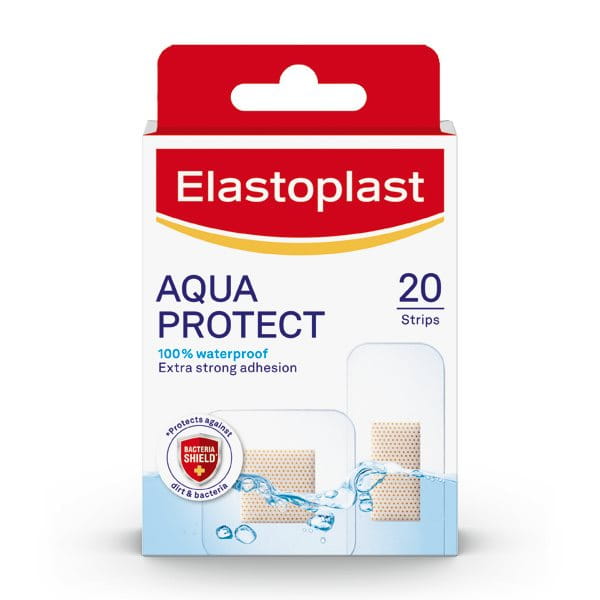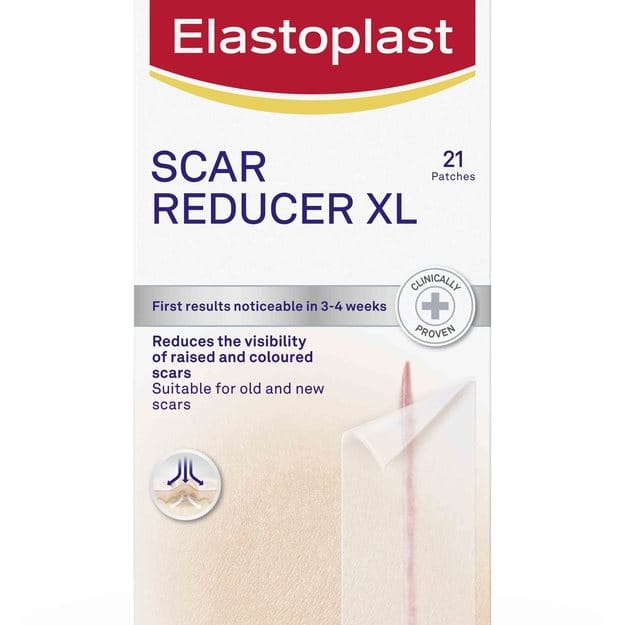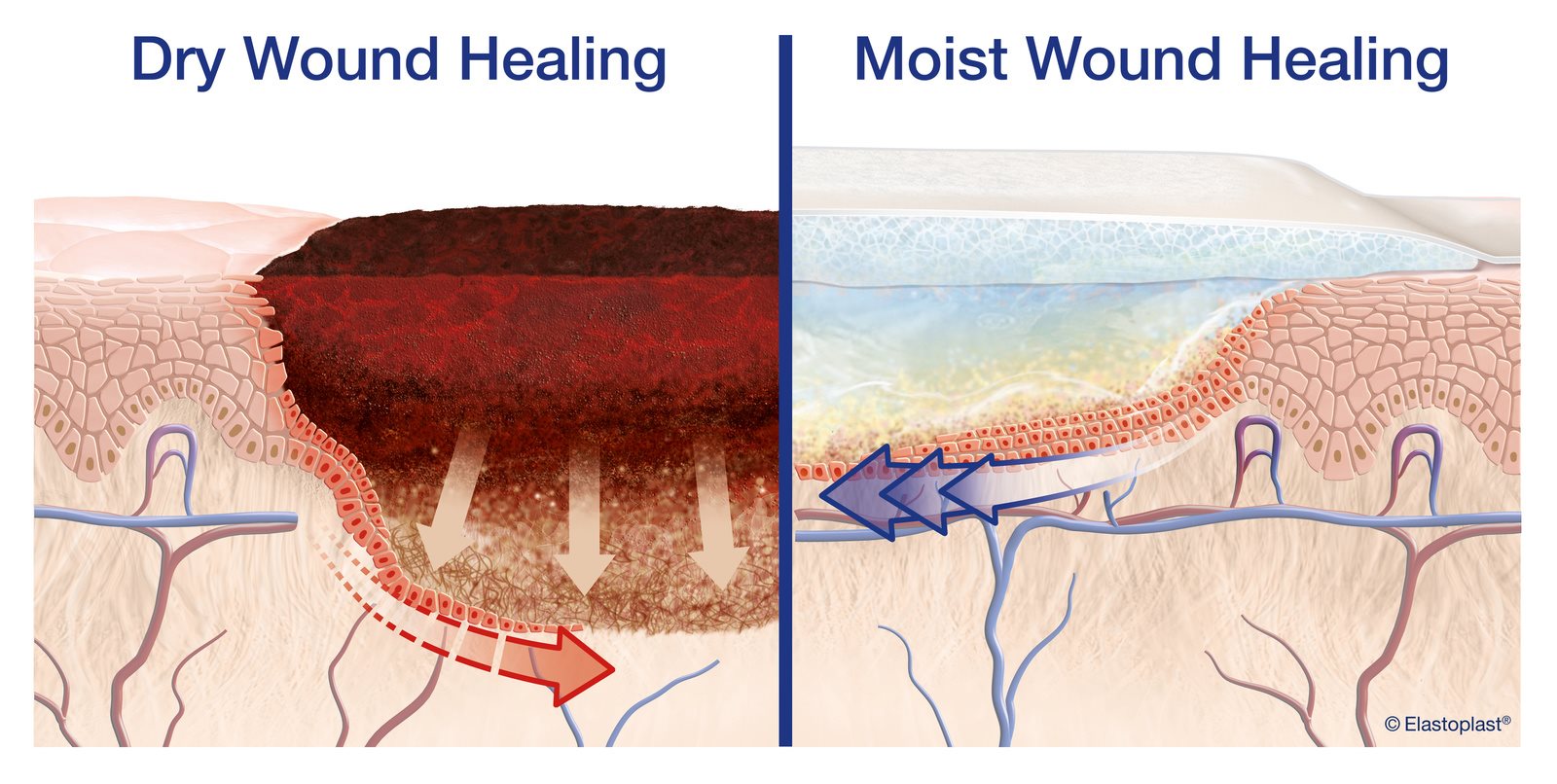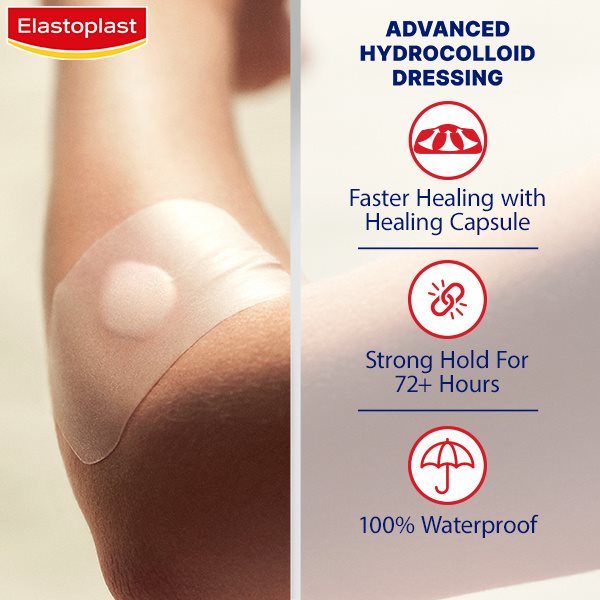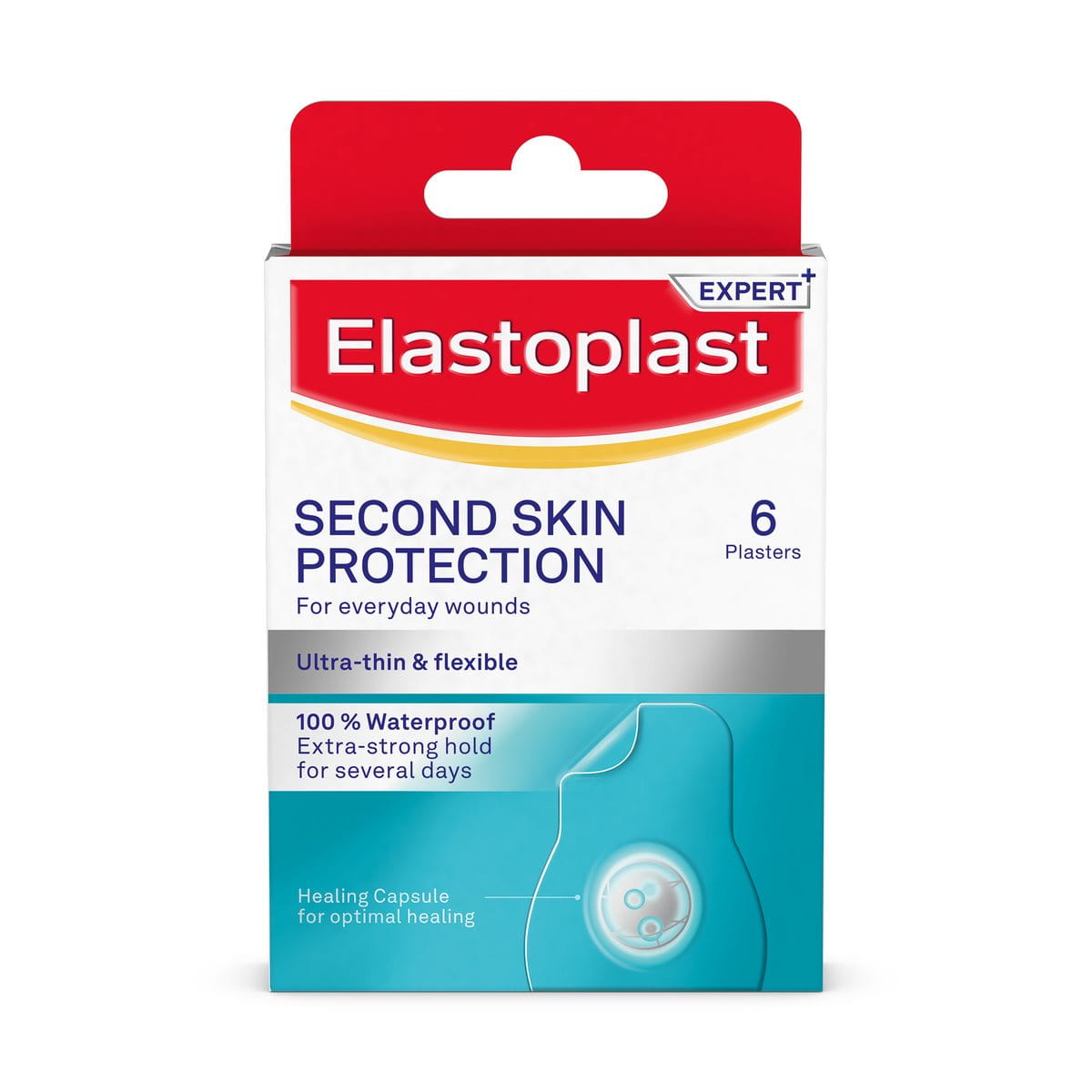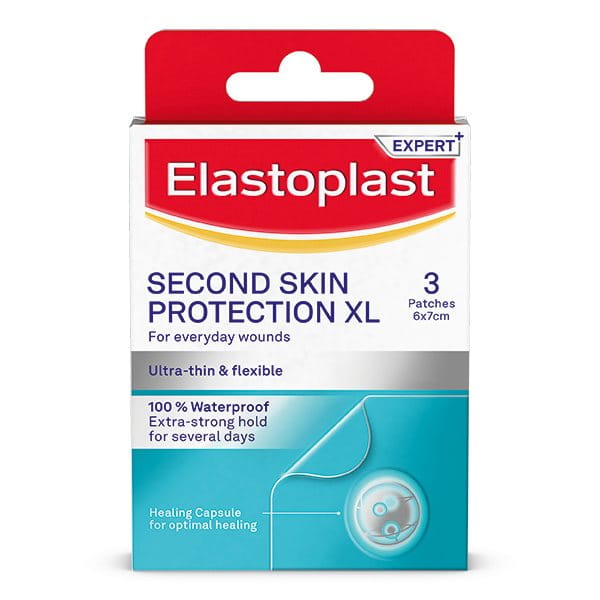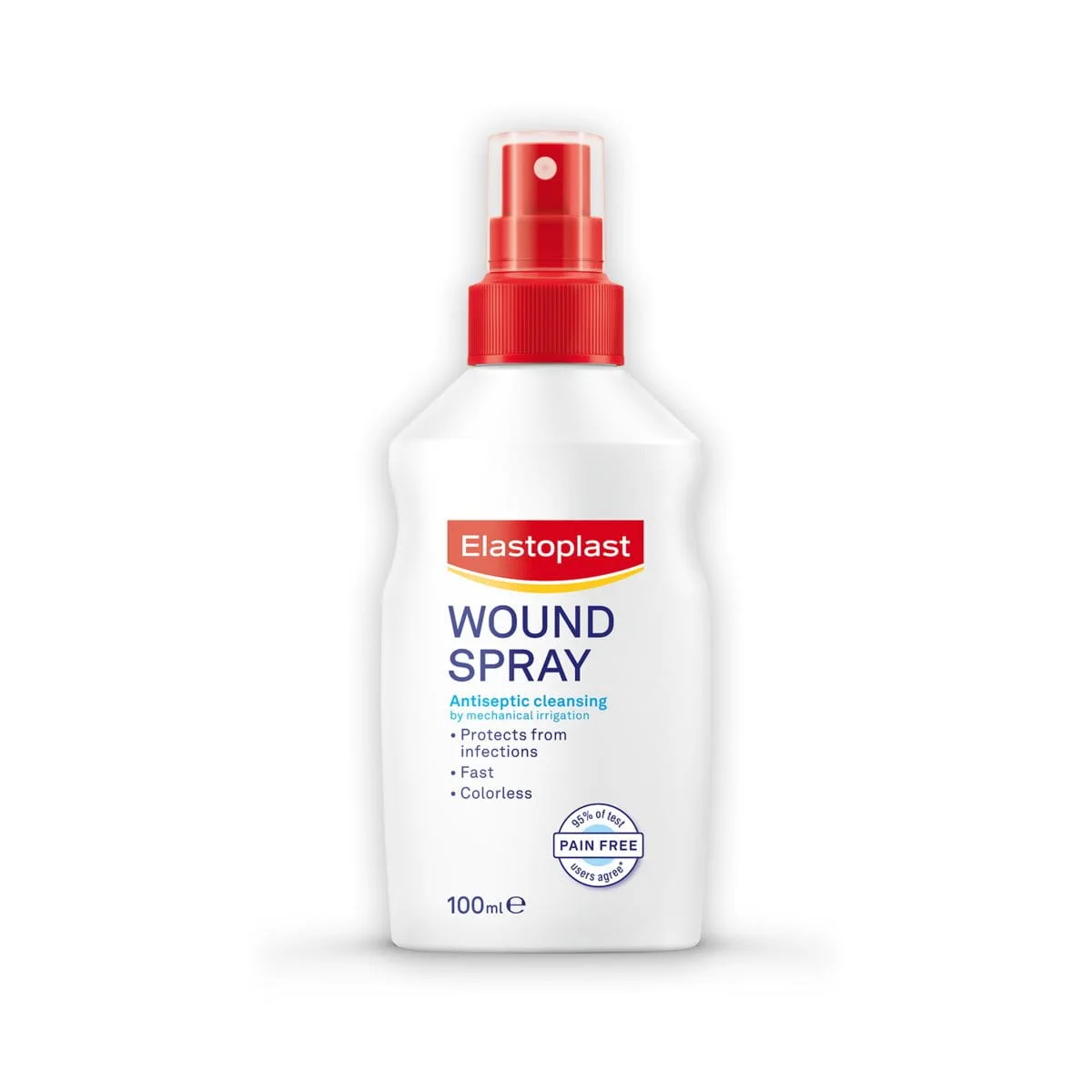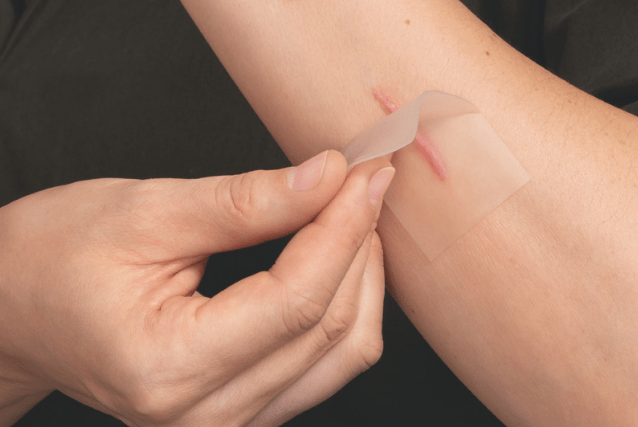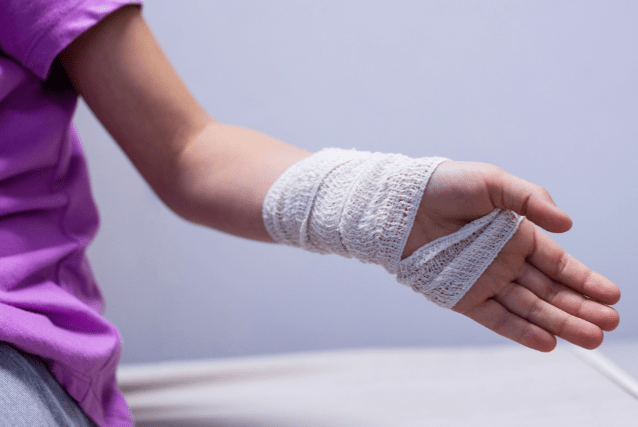The stages of moist wound healing are the same as natural wound healing: haemostasis, inflammation, proliferation, and remodelling (also known as maturation). However, the key difference is that moist wound healing enhances each stage, helping wounds heal faster and with less scarring compared to dry healing.
Instead of letting a wound dry out and form a scab, keeping it moist creates the ideal conditions for the skin to repair itself naturally. Here's how moist wound healing works to support every stage:
- Stops bleeding quickly: A moist environment supports the body’s natural clotting process and helps form a protective barrier over the wound, which kickstarts healing right away.
- Reduces swelling and infection risk: Moisture helps the body’s immune cells move more freely across the wound area, clearing out bacteria and damaged tissue. This helps reduce inflammation and the chance of infection.
- Promotes new skin growth: When a wound stays moist, skin cells can move across the surface more easily to close the wound. It also encourages the growth of new blood vessels and collagen, both essential for skin repair.
- Minimises scarring: Without a dry scab, the skin heals more evenly. Moist wound healing improves collagen structure, resulting in a smoother, less visible scar.
To support moist healing, modern wound care products like Elastoplast Second Skin Hydrocolloid Plasters are specially designed to keep wounds moist while protecting them from dirt and bacteria. This method is often recommended by healthcare professionals for treating cuts, grazes, burns, and other minor wounds.
